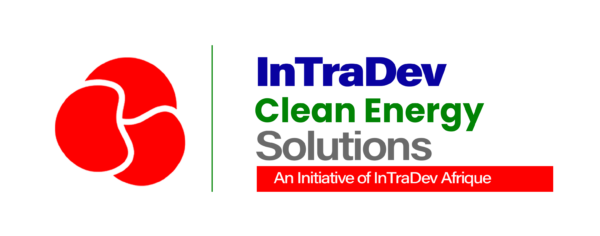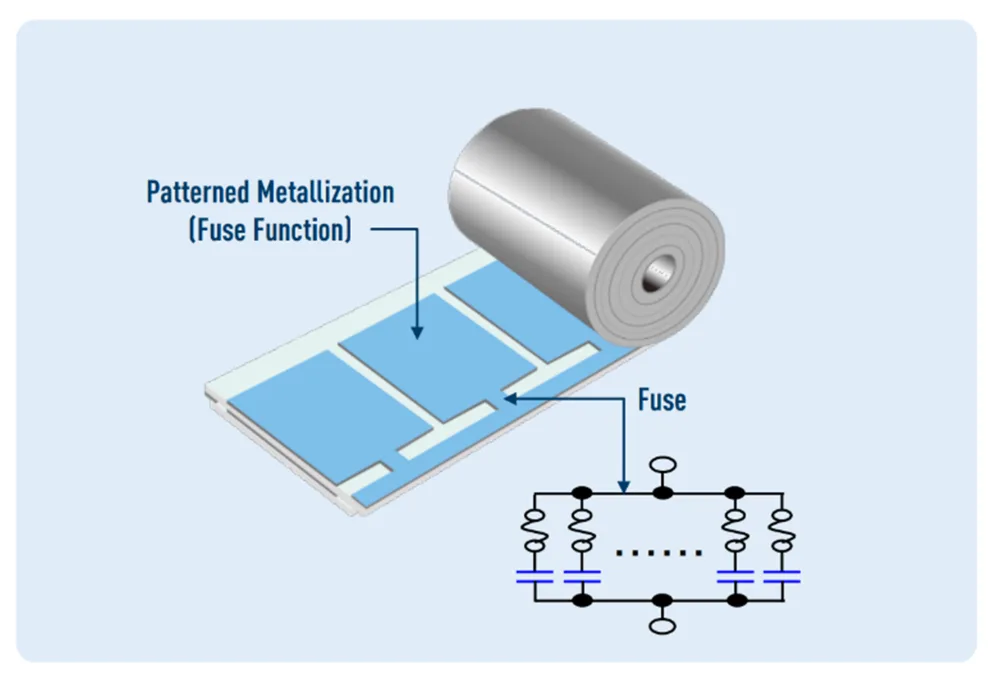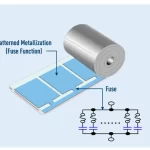As the world moves towards making more eco-friendly responsible choices, the demand for sustainable and renewable energy has driven consistently high growth in the solar inverter market.
A solar inverter (also called a photovoltaic or PV inverter) converts direct current (DC) into alternating current (AC) and is widely used in solar photovoltaic power generation systems.Solar inverters available today are generally divided into three types: central inverters, string inverters and micro-inverters.
In this blog, we would like to introduce Panasonic’s film capacitors – one of the fundamental passive components in electronic circuits – and show how they can contribute to optimizing the design of string inverters.Standard film capacitorsRegardless of the type of solar inverter, the key requirements are high efficiency, high reliability and input voltage with a wide range of capacitance values. This contribution of attributes is exactly why Panasonic’s various metallized PP film capacitors can play an essential role in a solar inverter’s circuit design as they feature a large current handling ability, high reliability and proven safety performance. Our capacitors are used for input & output filtering, EMI suppression, snubber and DC link circuits.

Figure 1. Simple diagram of a solar inverter circuit
On the input side of the primary DC filter circuit ① as well as for the DC-link circuit ⑤, DC-rated EZPV series film capacitors provide DC filtering. Parts with voltage ratings of up to 1300VDC and a wide capacitance range of up to 110μF are available as one single component; both 2-pin and 4-pin terminal solutions are available.
On the input side of the DC/DC converter circuit, as well as in snubber circuits (② + ④ in Figure 2), DC-rated ECWFD series (coating type), ECWFE and ECWFG (box type) film capacitors, are ideal solutions for smoothing. Various rated voltage values are available from 450VDC up to 1100VDC. The capacitance range stretches from 0.01μF up to 12μF. Excellent safety performance (thanks to a built-in fuse function), high-frequency characteristics and high ripple current capacity help these three film capacitor series devices to optimize the high voltage circuit of a solar inverter. AC-rated EZPQ series film capacitors with a higher rated voltage range of 250VAC to 600VAC are also available. This industrial-grade AC capacitor can be used as an output filter.

Figure 2. Structure of patterned metallization (fuse function)
Considering that reliability – especially in humid conditions – is critical for solar inverters which are used outdoors, Panasonic has developed its own enclosure sealing technology and 100% aluminium vapour deposition processes which enable our film capacitors to achieve high humidity resistance.

Figure 3. 100% Al for metallization & vacuum control for sealing
Figure 4 below, shows the key attributes of Panasonic’s film capacitors when used in solar inverters:

Figure 4. Features of Panasonic metallized PP film capacitors
We are committed to high output, high safety and high reliability, so Panasonic’s film capacitors can help optimize your solar inverter design.
OS-CON (Polymer Aluminum Capacitors)
Panasonic OS-CON conductive polymer solid aluminium capacitors play a major role in the optimization of solar inverters. To efficiently generate energy from the sun, the solar panel must absorb energy from the sun continuously as the earth rotates. By detecting and tracking the live position of the sun and adjusting the angles of the panel to ensure that it always faces the sun the solar energy harvest can be maximized.
Conventional solar inverters have a centralized power conditioner that controls the entire module.

Figure 5: Centralized Power Conditioner

Figure 6: Micro-Inverter
New requirements that these micro-inverters demand include a long lifetime of 5-10 years, space-saving, and cost-reduction. OS-CON capacitors satisfy these new requirements.

Figure 7: Solar Inverter Circuit Example
A single OS-CON can replace seven MLCCs in a micro-inverter design, reducing PCB space by 31%. Another benefit of using OS-CON is that capacitance is not reduced, unlike MLCCs which cause a reduction of capacitance due to DC-Bias.

Figure 8: MLCC Replacement with OS-CON
Aluminium electrolytic (lytic) capacitors can also can be replaced by OS-CON capacitors, increasing the life of the micro-inverter. Using OS-CON capacitors in this example also saves space, since two OS-CONs can replace three lytics.

Figure 9: OS-CON can replace electrolytic capacitors
Resistors for Solar Inverters
Many resistors are used in a solar inverter circuit. Current requirements focus on high voltage, high efficiency for energy saving, and long lifetime. For the resistor, this means high reliability with long lifetime, high voltage-withstand capability and high accuracy. Panasonic has a variety of resistor families that can be employed in solar inverters applications.

Figure 10: Resistor arrangement in solar inverters, (Resistor position / Role / Recommend Panasonic PNs / R1, R2 / Regulator, Voltage monitor / ERJP series (Thick Film R) / R3 / Gate driver resistor / ERJH series (Thick Film R)
For the regulator and voltage-sense, ERJP series resistors can be used thanks to their high power specifications and superior anti-surge and anti-pulse-withstand performance compared to standard metal film resistors. Thanks to Panasonic’s unique resistive element trimming shape, it is possible to achieve higher power in smaller chip size and improved overload characteristics.
SOURCE: www.rs-online.com





